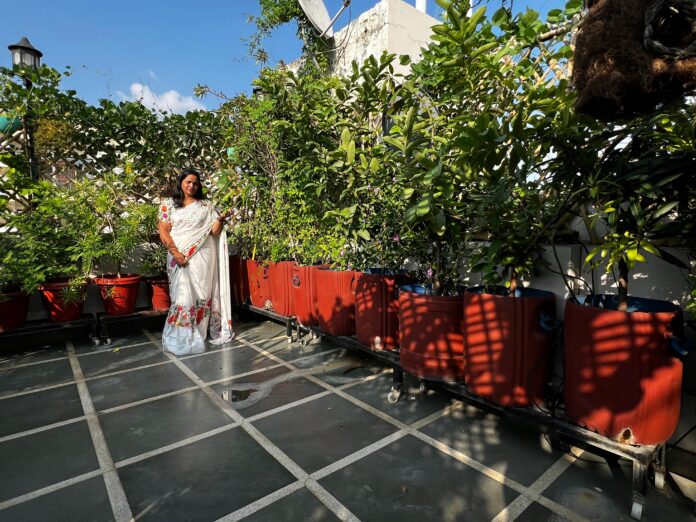The activity of vegetable gardening is a great way to grow fresh as well as healthy food right in your backyard. Not only does this initiative save money, but it also offers the satisfaction of harvesting your own produce. No matter if you have a spacious yard or just a small balcony, starting a good vegetable garden is surely easier than you might think. Here is the step-by-step process of how to get started with your vegetable garden. Read on to know more.
-
Choosing the Right Spot
Your garden’s location is very important for success. Vegetables generally require at least 6-8 hours of direct sunlight every day. You should ideally choose a sunny spot with good drainage as plants don’t like to have their roots sitting in water. In case your space is limited, you can also opt for container gardening. The containers or pots can be placed anywhere, from a patio to a windowsill where there is an exposure of sunlight, allowing you to possibly grow a wide variety of vegetables even in the smallest available spaces.

-
Planning Your Vegetable Garden
Before you start planting anything, plan what vegetables you would like to grow in your garden. You must necessarily consider the season and also your local climate. The warm-season vegetables like peppers, tomatoes, and cucumbers thrive well in summer, while the cool-season crops like lettuce, spinach, & peas prefer spring as well as fall. If you are a beginner, it is a great idea to start with easy-to-grow vegetables like carrots, or beans.
-
Preparing the Soil Optimally
Healthy soil is indeed the foundation of a successful vegetable garden. You may start by clearing the area of weeds & rocks. Work organic compost or good-quality manure into the soil in order to enrich it. This specifically adds a lot of nutrients that your vegetables require to thrive. Testing your soil for the pH balance is also a great idea. Most of the vegetables usually prefer a slightly acidic to neutral soil (pH 6-7).
-
Planting Your Vegetables
You should necessarily follow all the important planting instructions on seed packets or plant labels carefully. You need to space your plants as per their requirements in order to ensure they have enough room to grow. While planting seeds, you must necessarily ensure they are sown at the correct depth & water them gently to settle the soil. Transplants (young plants) should necessarily be planted at the same depth they were in their pots.
-
Watering & Maintenance
Vegetables require consistent watering in order to thrive. You should necessarily aim for deep, & thorough watering once or twice every week rather than shallow, frequent watering every day. Mulch can very effectively help in retaining soil moisture & suppress weeds. You may regularly check for pests, & use organic solutions if necessary in order to keep them under control.
The process of vegetable gardening is a very fulfilling & sustainable way to enjoy fresh produce right at your home. With the right kind of planning, location, & care, you’ll be successfully harvesting home-grown vegetables in no time! Happy gardening!



